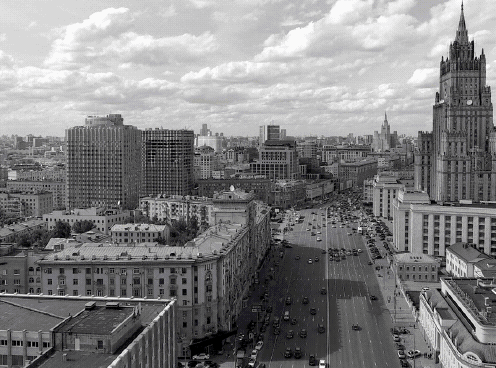The WHO has identified five main pollutants that can be used to assess air quality: carbon monoxide, ozone, sulfur dioxide, nitrogen dioxide and benzene. Particulate matter also may pose a risk to human health. There is a maximum permissible concentration for every substance. Concentrations are monitored by environmental and government agencies.
In Russia, there are four hazard levels for air pollutants. Each level is based on the maximum permissible concentration in microgram per cubic meter. The less substance is required to pose a health risk, the higher the hazard level. The most dangerous substances are designated Level 1.
PM consists of a mixture of solid and liquid particles
PMs are formed in the air through burning of solid fuels (coal, lignite, heavy oil and biomass), namely engine emissions, erosion of the pavement by traffic, and friction on brakes and tires.

Director of Environmental Programs, Green Patrol.
According to Moscow Environmental Monitoring, noise pollution – mainly from vehicles – is the number two problem in Moscow based on the number of complaints from the public.
Switchboard rooms and transformer substations, power lines, alternating current power plants, high-voltage equipment for industrial, scientific and medical purposes, power generators, various signal transfer devices are all part of the landscape of any big city and a source of background radiation.
Despite the abundance of sources, radiation risks for people in a big city are very low, with experts constantly monitoring safety levels.